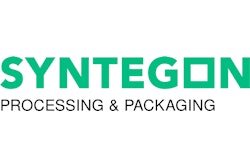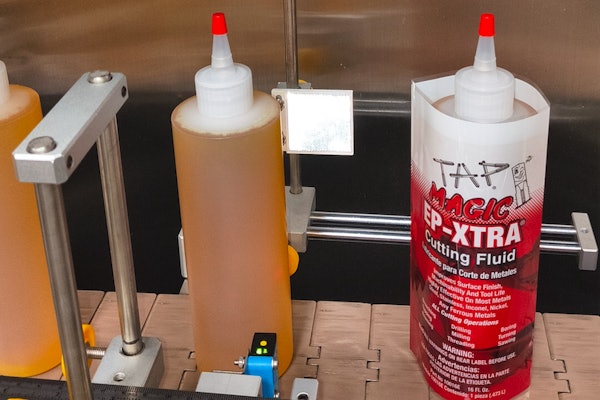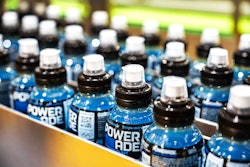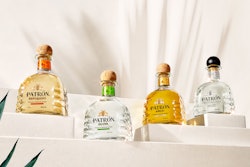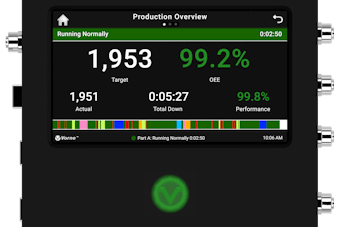
Driven by regulatory pushes for more sustainable protection of packaged products and the environment, paper packages are gaining—or regaining—market share for a variety of oxygen- and moisture-sensitive products in packaging formats beyond those typically associated with paper. Molded fiber bottles for liquids and collapsible paper tubes for cosmetics are good examples.
U.S. production of packaging paper and paperboard rose from 52 billion tons in 2016 to 56 billion tons in 2020. Globally, the paper packaging market was valued at $233 billion last year. And it is projected to grow at a compound annual rate of 5.2% over the next 10 years, surprisingly higher than plastic, glass, or metal packaging in the same timeframe.
The following sampling of recent paper and board packaging developments shows some ways paper is reshaping what a paper package looks like and how it performs.
• Pods and other 10- to 100-mL volume form-fill-seal (f/f/s) packs are the inventive outcome of a three-partner technology collaboration among Swedish paper and board maker Billerud, Germany-based Syntegon Group, and Netherlands-based Huhtamaki. In this venture, Syntegon developed and produces the TPU1000 f/f/s equipment for the pods and paper blister packs. Bellarud converted the 3D-moldable FibreForm paper and Huhtamaki supplied the specialty coating holding the pods’ flat and formed pack webs together.
• A pair of cellulose nanocrystal (CNC) barrier coatings are being promoted by Israel-based Melodea, Ltd. for paper packaging barrier enhancement. One of the coatings, MelOx, is engineered to provide paper-packaged product protection from oxygen, oil, and grease transmission. The other, VB Coat, is meant to reduce water vapor permeation, oil, and grease penetration and “water absorption values of the substrate,” according to the company.






